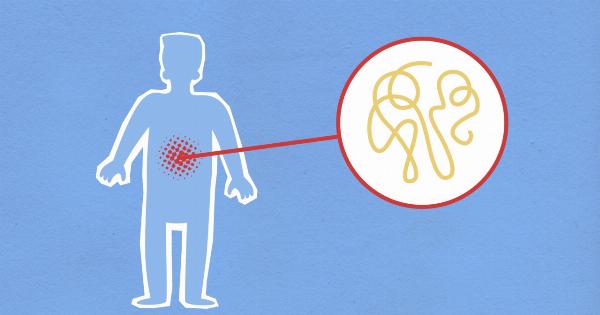Leukemia is a type of cancer that affects the blood and bone marrow, a spongy tissue inside bones where blood cells are made.
It is a challenging disease to diagnose and treat because there are several types of leukemia, and symptoms can be vague and non-specific. However, with the development of new technology, diagnosing the disease has become more accurate and efficient.
Cytogenetic Testing
One of the most significant advancements in leukemia diagnosis is the use of cytogenetic testing. This method examines the chromosomes in the leukemia cells to detect genetic abnormalities that could explain the disease’s development.
Cytogenetic testing can identify specific chromosomal changes that are associated with different types of leukemia. For example, abnormalities in chromosome 5 or 7 may suggest a myelodysplastic syndrome (MDS), while the presence of the Philadelphia chromosome indicates chronic myelogenous leukemia (CML).
Cytogenetic testing can be done on blood or bone marrow samples. These samples are treated with chemicals that cause the cells to grow and divide, allowing the chromosomes to be visible under a microscope.
The chromosomes are then examined for abnormalities, such as deletions, duplications, inversions, or translocations. The results of cytogenetic testing can help doctors make an accurate diagnosis and determine the best course of treatment for the patient.
Fluorescence in situ hybridization (FISH)
Another type of genetic testing that is commonly used in leukemia diagnosis is fluorescence in situ hybridization (FISH). This method is a type of cytogenetic testing that uses fluorescent tags to light up specific genes or chromosomal regions.
FISH can detect smaller chromosomal changes that may not be visible under a microscope. It is especially useful for detecting chromosomal translocations that are associated with certain types of leukemia, such as acute lymphoblastic leukemia (ALL) and acute myeloid leukemia (AML).
FISH testing requires a sample of blood or bone marrow, as well as specific probes that target the genes or chromosomal regions of interest.
The probes are labeled with fluorescent dyes that bind to the DNA and can be seen under a specialized microscope. If the probes light up in abnormal patterns, it suggests that the gene or chromosomal region is altered. FISH testing is quick and efficient, and can provide results within 24 to 48 hours.
Next-generation Sequencing (NGS)
Next-generation sequencing (NGS) is a more recent technology that has revolutionized the field of cancer diagnosis, including leukemia.
NGS allows for a more comprehensive and detailed analysis of the cancer cells’ genetic information, enabling doctors to identify mutations and other anomalies that may be driving the disease’s growth.
NGS works by breaking down the DNA into small fragments, which are then sequenced and analyzed. This technique can detect even small genetic changes that may not be visible with other methods.
NGS can identify mutations in genes that are associated with leukemia, such as the FLT3 and NPM1 genes in AML. It can also detect mutations in other genes that may be relevant to the disease, such as those involved in the metabolism of drugs used to treat leukemia.
NGS can be done on blood or bone marrow samples, and the results can be available within days.
The data generated by NGS can be used to help doctors make a precise diagnosis, determine the stage and prognosis of the disease, and tailor treatment plans to individual patients’ needs and genetic profiles.
Improved Diagnosis and Treatment
The use of cytogenetic testing, FISH, and NGS has greatly improved the accuracy and efficiency of leukemia diagnosis.
By identifying specific genetic changes associated with different types of leukemia, doctors can make a precise diagnosis and choose the most appropriate treatment for the patient. Moreover, the information gained from genetic testing can be used to monitor treatment success and detect relapses early, enabling doctors to adjust treatment plans accordingly.
Genetic testing can also help identify patients who may be at a higher risk of developing certain types of leukemia.
For example, individuals with certain genetic syndromes, such as Down syndrome, are more likely to develop acute lymphoblastic leukemia (ALL). By identifying these individuals, doctors can monitor them more closely and intervene early if necessary.
Conclusion
Leukemia is a complex and challenging disease to diagnose and treat. However, the development of new technology, such as cytogenetic testing, FISH, and NGS, has greatly improved our ability to identify genetic changes associated with the disease.
These advancements have led to more accurate diagnoses, tailored treatment plans, and improved outcomes for patients with leukemia.































